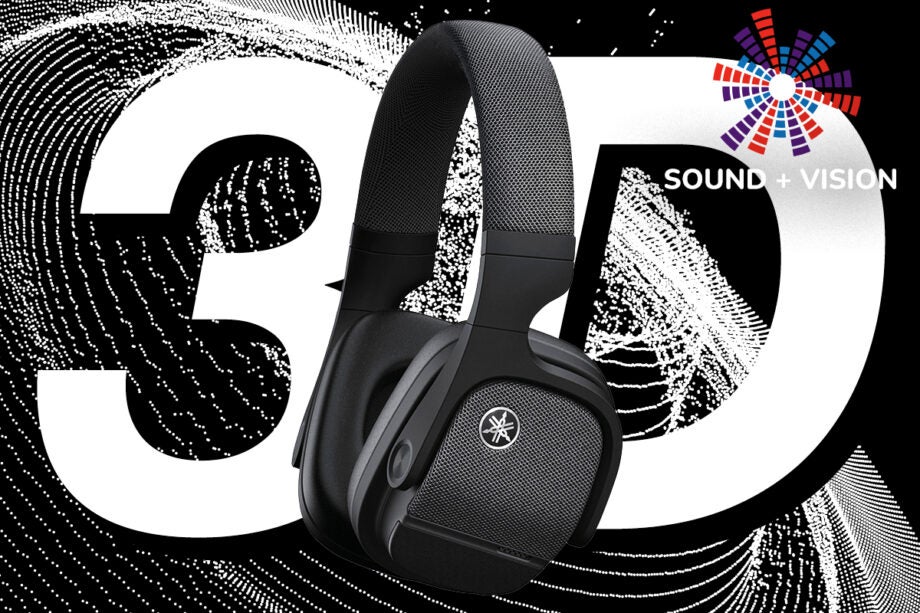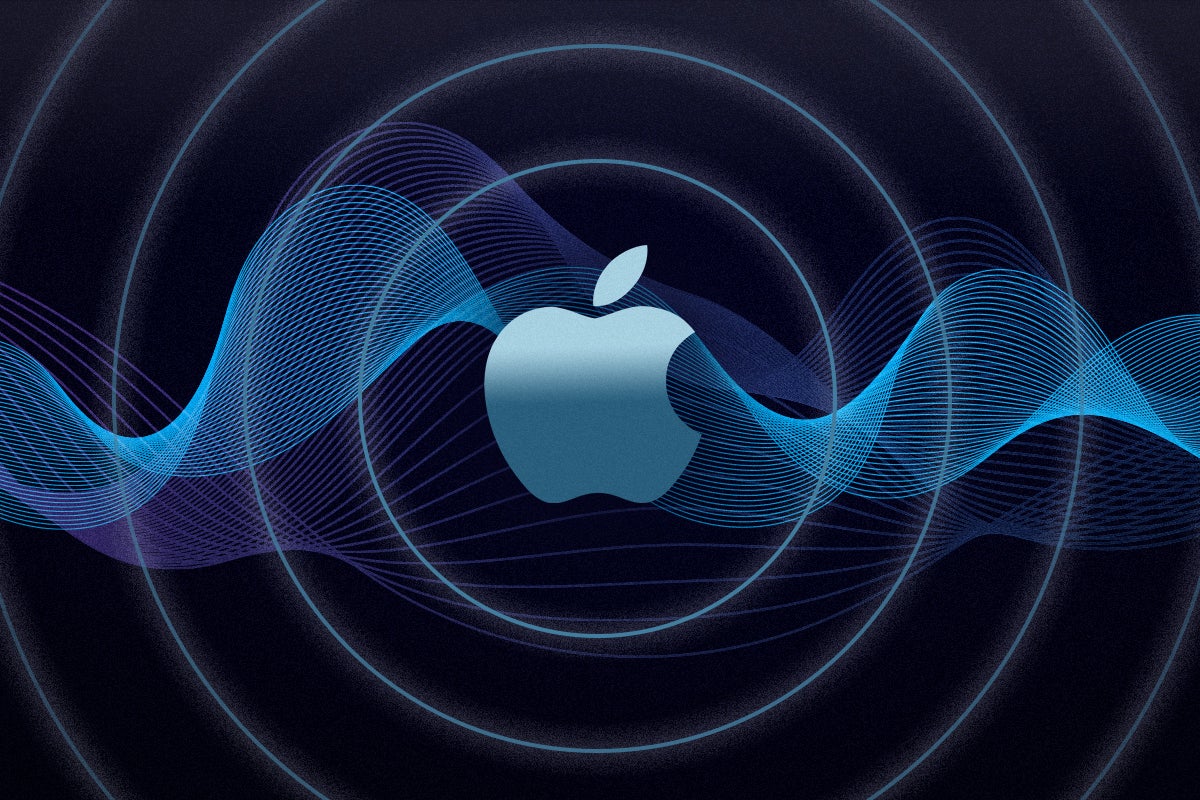Sound and Vision: Is 3D Audio the next battleground for headphones?

With word that Yamaha’s upcoming flagship YH-L700A headphones will incorporate 3D audio breaking this week, it’s hard to ignore what implications the news has for the headphone market’s direction over the next few years.
Noise cancellation started out as a premium feature, but the last few years have seen it become more cost-efficient and appear in more affordable headphones. The race to the bottom has also brought with it Transparency mode and the promise of Hi-Res Audio, though like ANC, they’re not always up to standard.
And if most headphone brands are looking to integrate these features, then how do they differentiate from one another? 3D Audio is making a case to be that next big thing.
Not all 3D Audio is the same and shouldn’t be lumped into the same category with each other (such as Binaural audio), but they aim to achieve the same goal through different methods: to create an immersive soundstage for the impression of audio happening around the listener.
Creative has its Super X-Fi holography technology, Sony its Reality 360 Audio/Pulse 3D. Then there’s Dolby Atmos Music, as well as Apple’s Spatial Audio with Dolby Atmos and now Yamaha’s 3D Sound Field with head tracking technology.
Yamaha’s version has more in common with Creative’s attempt in that it takes any stereo mix and upconverts for a stereoscopic effect. Unlike Creative, it doesn’t appear to require measurements of your ears or head to create a personalised sound profile for the 3D effect.
It claims to work with any content that passes through the YH-L700A, which is certainly attractive but carries pitfalls. Creative’s SXFI works well with some content (mono tracks), but less so with other types that can sound unnatural and artificial if the headphone’s processing doesn’t handle it well.
Even films, which you might think make for a good fit, aren’t treated with the accuracy they merit. The processing often feels like it is making guesses and as a result isn’t always more convincing than the stereo soundtrack.
With the launch of Spatial Audio with Atmos for Apple Music, more attention to the format but current opinions hover around the notion that it can sound amazing but is often hit and miss, which hits at the heart of 3D Audio’s issues. In its current form, it’s no one-size-fits-all technology – some tracks will work great and others less so, and some won’t really need a 3D up conversion because the benefits are few.
3D Audio technology is that bright object in the sky that people keep reaching for but can also be seen as a poisoned chalice. I don’t think anyone has really cracked up-conversion through processing – dealing with a native source that has been conceived or mixed from the ground up with 3D in mind seems to be the best way.
Until that becomes the norm, then reliably good 3D Audio will be something of a tech mirage – within view but not always within reach.




